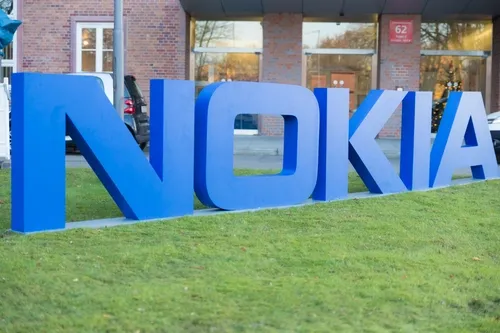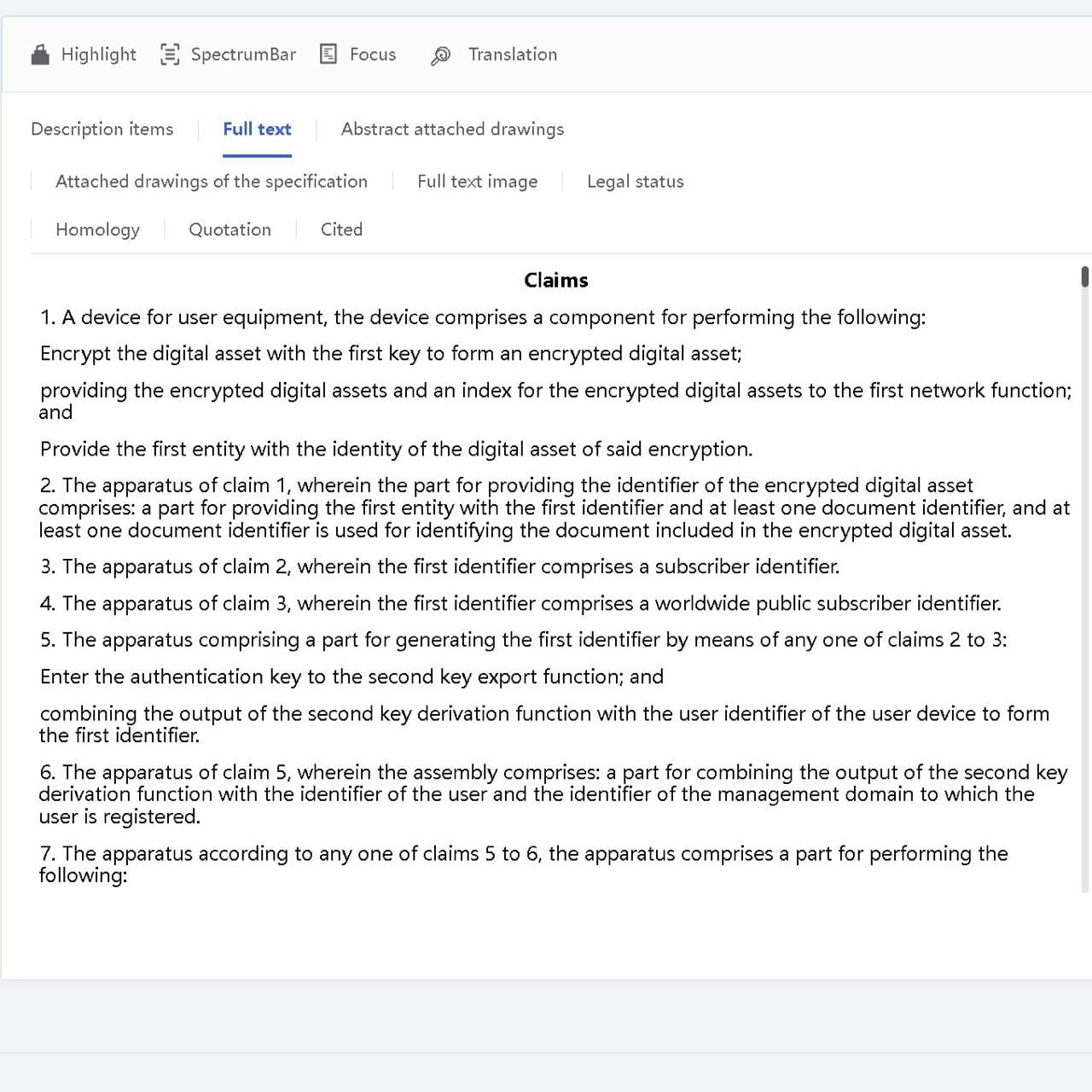Nokia's Strategic Leap into Blockchain Security with New Encryption Patent

Nokia, traditionally known for its prowess in telecommunications, has recently filed a patent that signals its ambitious move into the realm of blockchain security. This patent outlines a system designed to encrypt digital assets, thereby enhancing their security within user devices.
The patent claims detail a sophisticated mechanism where digital assets are encrypted using a first key, creating an encrypted digital asset which is then shared with a network function alongside an index. This process ensures that the digital asset remains secure while it is being managed or transferred. Importantly, the identity of this encrypted asset is provided to a first entity, ensuring traceability and accountability within transactions.

Nokia's Vision for Enhanced Digital Security
Nokia's approach to digital asset security involves more than just encryption. The patent describes functionalities where identifiers are used not just for mere recognition but for comprehensive management of encrypted assets. For instance, the patent includes mechanisms for providing entities with specific identifiers and document identifiers, which are crucial for identifying documents within the encrypted digital assets. This layered approach to identity management helps in maintaining the integrity and authenticity of digital transactions, a critical aspect for blockchain applications.
Further delving into the specifics, Nokia's system incorporates a subscriber identifier, which can be globally recognized, enhancing the security framework by ensuring that only authorized users can interact with or decrypt the assets. This is achieved through a complex key derivation function where an authentication key is inputted into a second key export function, which then combines with the user's identifier to generate a unique first identifier. This identifier can even include the domain of the user's management, adding another layer of security and specificity to user authentication and asset management.
By integrating such detailed identity and security protocols, Nokia is positioning itself not just as a participant but as a potential leader in blockchain security. This move could be seen as a strategic pivot or expansion from its traditional telecommunications market into the burgeoning field of digital asset management and security.
Moreover, this patent could be laying the groundwork for a crypto wallet. The focus on encryption and identity management is foundational for any secure wallet application, where the safeguarding of private keys and the authentication of transactions are paramount. Nokia's technology could potentially integrate into or support wallet functionalities, offering users a secure environment for managing their digital assets.
The implications of Nokia entering the blockchain security space are important. With its deep roots in network technology, Nokia could leverage its existing infrastructure and expertise to offer robust solutions that address some of the most pressing security concerns in the blockchain industry. This could include mitigating risks associated with hacking, unauthorized access, and data breaches, which are prevalent in the cryptocurrency sector.

